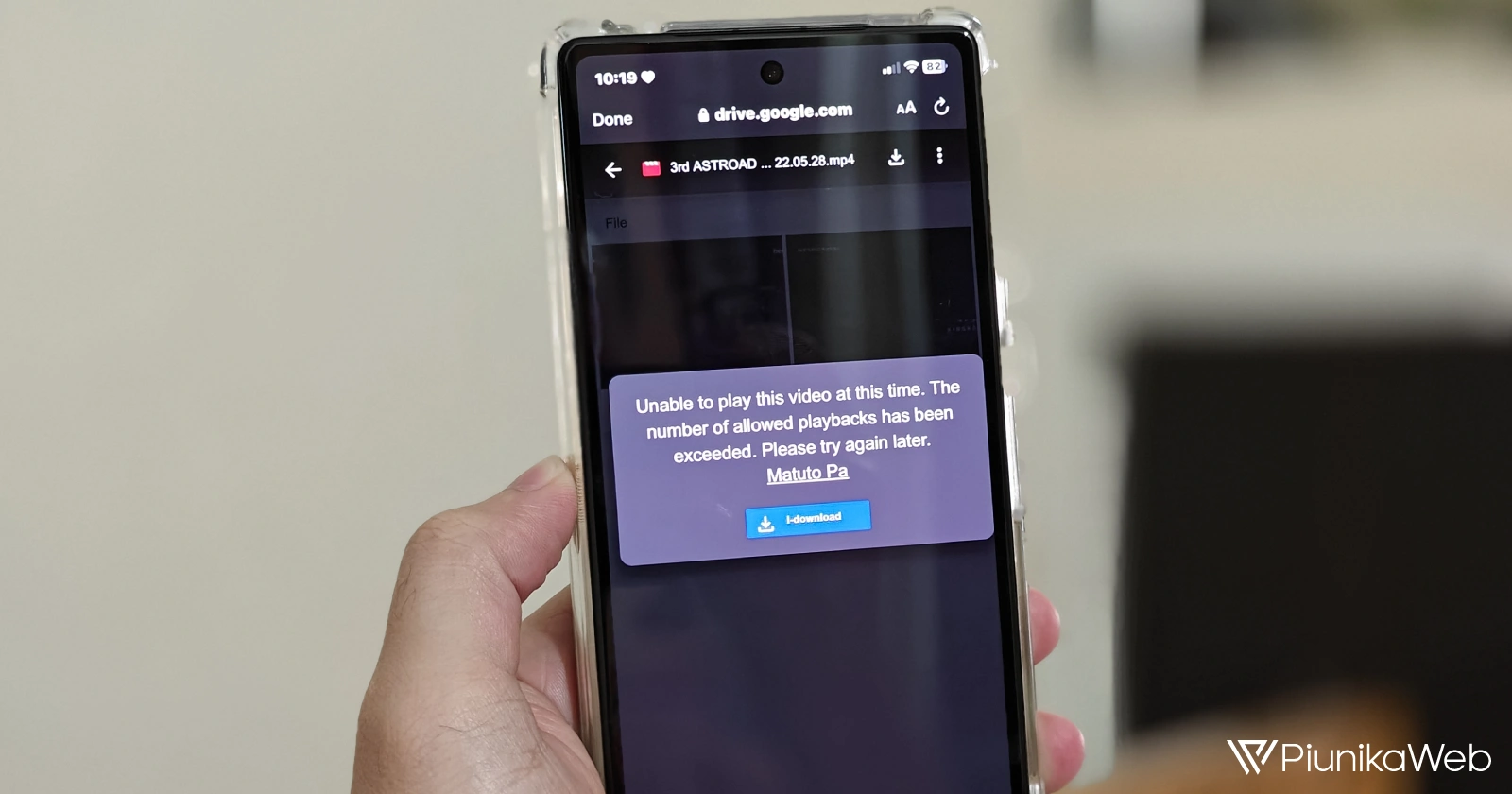Google’s Pixel 8 Pro has taken the smartphone photography world by storm, and one of its standout features is Video Boost. This cloud-powered technology promises to enhance video quality with sharper details, richer colors, and smoother stabilization. But like any innovative tech, Video Boost comes with its own set of limitations, and discerning Pixel users deserve the full picture.
That said, here are some of the limitations you’ll encounter while using Video Boost on the Pixel 8 Pro. We ran tests on our Pixel 8 Pro to confirm these limitations too.
Manual activation
Unlike an automatic superhero, Video Boost needs a little human nudge. You’ll need to enable it manually in the Pixel 8 Pro Camera app settings each time you want to use it. This might seem tedious, but it has a silver lining: your regular videos won’t be accidentally boosted, saving storage space and processing power.
![]()
10-minute recording cap
Video Boost recordings on the Pixel 8 Pro are capped at 10 minutes, which might be limiting for capturing longer events or activities. Furthermore, if you’re low on storage, you’ll be notified, and the recording will stop. This is simply saying that Video Boost may require significantly more storage space than your typical videos.
Video Boost won’t work with rear ultrawide or telephoto lenses
Think of Video Boost as a close-up specialist. It works its magic only on the main 50MP camera at 1x and 2x zoom, but the ultrawide and telephoto lenses are left out of the party. Too bad that those epic 5x-10x zoom shots you envisioned won’t get the Video Boost treatment.
Video Boost doesn’t work with the front camera
While Video Boost on the Pixel 8 Pro is a fantastic tool for enhancing your rear camera footage, it currently doesn’t work with the front-facing camera. This can be a bit of a bummer, especially for those who love capturing selfies and vlogs with their Pixel.
Video Boost won’t work at 4K 60FPS
Video Boost is by default set to record videos in 4K resolution, SDR, and at 30 frames per second (FPS). If you prefer, you can change these settings, but our own testing shows that you can’t boost 4K videos at 60FPS, so do keep this in mind.
![]()
4K videos get downgraded to 1080p
But here’s a head-scratcher. While you can choose 4K recording in the settings, unprocessed videos actually land in 1080p. Only the boosted version, which takes some time to process in the cloud, reaches 4K glory. This inconsistency can be confusing, so remember: instant 1080p, boosted 4K but with a lengthy wait.
It takes too long to boost videos
Speaking of wait times, remember that the enhanced video doesn’t appear instantly after recording. It’s uploaded to Google’s servers for processing, and the processed version typically arrives in your Google Photos app several hours later, depending on the length of the original video. This delay can be inconvenient if you want to share or edit the video right away.
Despite these limitations, Video Boost remains a shining feature for Pixel 8 Pro users seeking to elevate their video game. Its ability to breathe life into your footage is undeniable. Just remember, like any diamond, it has its own unique facets, and understanding them will help you capture the most dazzling results.


